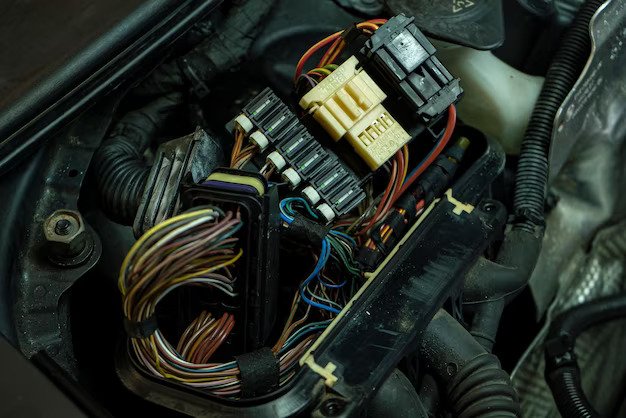Electrical wiring issues in a vehicle can be frustrating and potentially dangerous. From malfunctioning lights to non-responsive power windows, electrical problems can affect various components of your car. In South Africa, where road conditions and weather can be challenging, addressing these issues promptly is crucial for safe and reliable driving. Understanding how to diagnose and fix common electrical wiring problems can help South African car owners troubleshoot and resolve these issues effectively. Let’s explore some essential steps to diagnose and fix electrical wiring problems in your vehicle.
- Identify the Problem: The first step in addressing any electrical issue is to identify the specific problem. This may involve a non-functioning component, a blown fuse, or intermittent electrical failures. Make a note of the symptoms, such as flickering lights, a dead battery, or malfunctioning switches. Determine which specific electrical system or component is affected, as this will guide your diagnostic process.
- Check Fuses and Relays: Faulty fuses and relays are common culprits behind electrical problems. Start by locating the fuse box in your vehicle, usually located under the dashboard or in the engine compartment. Use the owner’s manual or a fuse box diagram to identify the relevant fuse or relay for the affected system. Inspect the fuse visually to check for any signs of damage, such as a broken filament or discoloration. Replace any blown fuses or faulty relays with new ones of the appropriate rating.
- Inspect Wiring Connections: Loose or corroded wiring connections can disrupt electrical flow and cause malfunctions. Carefully inspect the wiring connections associated with the affected component or system. Look for loose, disconnected, or frayed wires. Tighten loose connections and ensure that all wiring is securely attached. If you notice any damaged wires, they may need to be repaired or replaced.
- Test Voltage and Continuity: To further diagnose electrical issues, it may be necessary to test voltage and continuity. Use a multimeter, set to the appropriate mode, to measure voltage at various points within the affected circuit. This will help identify any voltage drops or inconsistencies. Additionally, test continuity by checking for a complete electrical path between two points. A lack of continuity indicates a break in the circuit that needs to be repaired.
- Inspect Grounding Points: Proper grounding is crucial for electrical systems to function correctly. Inspect the grounding points associated with the affected component or system. Ensure that the ground connections are clean, tight, and free from corrosion. Clean any corroded terminals and reconnect them securely.
- Seek Professional Assistance: If you are unable to diagnose or fix the electrical issue on your own, it is advisable to seek professional assistance. Qualified automotive electricians or technicians have the expertise and specialized equipment to diagnose complex electrical problems accurately. They can efficiently identify the root cause of the issue and perform the necessary repairs.
Remember to prioritize safety when working with electrical systems. Always disconnect the battery and follow proper procedures to avoid electric shocks or short circuits. If you are unsure or uncomfortable with any aspect of electrical troubleshooting, consult a professional to avoid further damage or injury.
Diagnosing and fixing common electrical wiring issues in your vehicle is essential for South African car owners. By following these steps, you can identify and address electrical problems efficiently, ensuring the safety and reliability of your vehicle. If in doubt, it’s always best to consult a professional to ensure the problem is resolved correctly.











